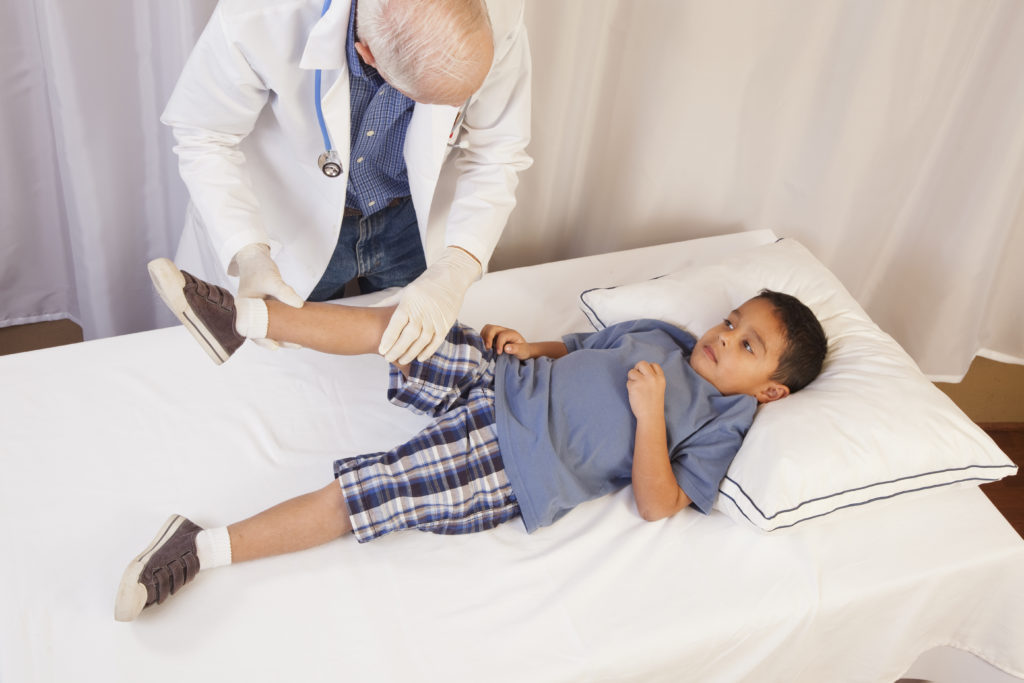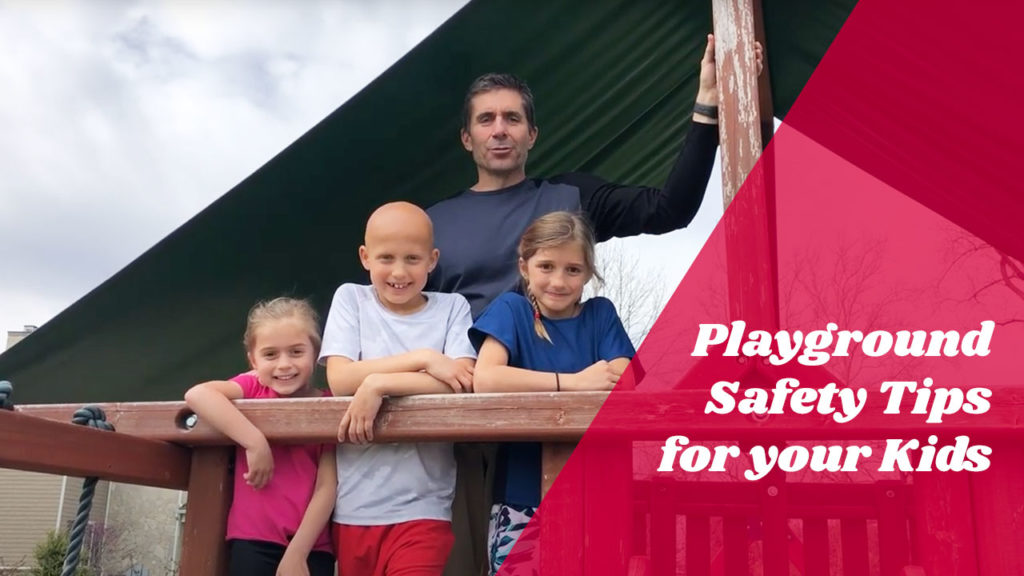Primarily developing in children and adolescents, a unicameral bone cysts, also called a simple bone cyst, is a common, noncancerous (benign) bone tumor.
Unicameral bone cysts are cavities within bone that are filled with fluid. These bone cysts to not spread to other parts of the body.
Although these simple bone cysts can develop in any bone, they usually affect the long bones such as the upper arm bone (humerus) or the thighbone (femur). They most often occur at the end of the bone, near a joint and growth plate.
As the bone grows, the shape and size of the cyst can change. When the child stops growing, so will the cyst. Gradually, it will fill in with normal bone and disappear.
Types of bone cysts
- Active: The cyst is in contact with the growth plate, which means the cyst can grow large enough to weaken the bone and cause a fracture, bone deformity or uneven limb length
- Latent: The cyst is not in contact with a growth plate and as the bone grows the distance between the growth plate and cyst becomes greater
What is the cause of a bone cyst?
Unicameral bone cysts are found more frequently in boys than girls and are the most common noncancerous bone tumors that affect children. However, it is not known what causes these cysts to form.
What are the symptoms of a bone cyst?
Most unicameral bone cysts do not cause symptoms and are discovered by unrelated problems such as a broken bone. In some cases, a painless bump may be discovered.
How are bone cysts diagnosed?
After a complete medical history review, your physician will perform a physical exam to look for changes in the skin or presence of bone abnormalities.
Your physician may recommend an X-ray to confirm a unicameral bone cyst.
MAKE AN APPOINTMENT WITH AN ORTHOINDY ORTHOPEDIC PEDIATRIC SPECIALIST
Can a bone cyst go away on its own?
If the cyst is small and not causing pain, simple observation is the only treatment needed. If the cyst is large and raises concern about the bone breaking, surgery may be an option to reduce risk of fracture.
If the bone has already broken through the cyst, the fracture typically heals without surgery. Some cysts will completely heal along with the fracture. If the cyst is still present after a fracture has healed, surgery may be recommend to prevent another fracture.
Outcomes
Regardless of treatment method, unicameral bone cysts come back 25 to 50 percent of the time in the same place. Your physician will schedule regular X-rays to monitor the reoccurrence. Once a child is full-grown, these cysts typically stop growing and heal.
Learn more about pediatric orthopedic care at OrthoIndy.
Schedule an appointment
Your well-being is important to us. Click the button below or call us to schedule an appointment with one of our orthopedic specialists. If your injury or condition is recent, you can walk right into one of our OrthoIndy Urgent Care locations for immediate care. For rehabilitation and physical therapy, no referral is needed to see one of our physical therapists.





